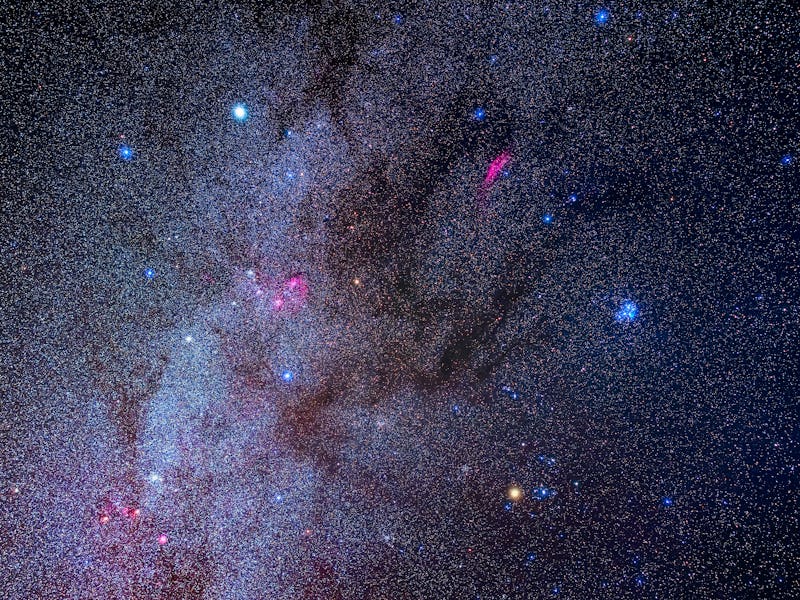Taurids 2022: You need to see this elusive meteor shower this weekend
A Full Moon could cut into some viewing opportunities, but the peak still could bring some bright fireballs.

The Taurids will be at their best this year overnight on Friday, November 11 and Saturday, November 12 in the northern hemisphere. This moderate meteor shower, generates meteors between mid-October and early December and in the southern hemisphere, reached another peak in mid-October.
The Moon will be in a first-quarter phase this year in the northern hemisphere, making for excellent viewing conditions. So be sure to brave the cold to see the Taurids peak in the sky.
WHAT CAUSES METEOR SHOWERS?
The Taurids, and other meteor showers like it, happen when the Earth slams into dust streams in space. The dust streams occur when the Sun pulls on various small bodies hurtling through space, causing them to shed. The dust crashes harmlessly and at high speed into the Earth’s atmosphere, making fiery streaks you can see from the ground.
We generally group these tiny worlds into two types: comets (icy snowballs) or asteroids (space rocks). Asteroids and comets coalesced in our solar system long before the planets and the moons, so meteor showers are a neat reminder about our neighborhood’s history.
The Taurids are small but can produce decent meteors on a clear night.
HOW OLD IS THE TAURID METEOR SHOWER?
The Taurids have been observed at least as far back as 1891, by British observer Henry Corder, according to Astronomy.com. This shower is also known for producing a lunar impact in 2005, which NASA talks about in one of its blog posts.
The originating comet for this meteor shower is Comet 2P/Encke, which was discovered by Pierre F. A. Mechain on Jan. 17, 1786. NASA says in a separate description of the Taurid meteor shower, “Other astronomers located this comet in subsequent passages, but these sightings were not defined as the same comet until Johann Franz Encke calculated its orbit.”
Encke takes only 3.3 years to orbit the sun once, and NASA says it has the shortest orbital period of any comet we have observed. The next perihelion, or closest approach, is expected in 2023.
WHERE TO SEE THE TAURID METEOR SHOWER
The Taurids appear to emanate from the constellation Taurus. This is a fairly easy constellation to spot, near the iconic Orion constellation. Taurus is defined by a V-shaped pattern of stars that is bright enough to spot from light-polluted areas. (These names, by the way, refer to the International Astronomical Union’s designations for the region; your culture or country may have other monikers.)
We recommend that you look a little away from the radiant to see the streakers. There are other steps that you can take as well to maximize your shooting star experience: find an area as far away from light pollution as you can and go outside at 2 a.m. local time. Give your eyes 20 minutes to adjust to the darkness and dress warmly, if you live in a colder climate.
While you don’t need to worry about binoculars or telescopes for a great observing experience, you will have to preserve your night vision. If you must use a flashlight or phone to consult a sky chart, make sure to cover it with red tape or paper.
Classic Taurus art.
TAURID METEOR SHOWER 2022 PREDICTION
The Taurids generally produce only 5 meteors per hour in moonless skies. Unfortunately the Moon will be near full, making it difficult to see meteors. But you might get lucky and spot a fireball or two while you are out there.
Fireballs originate from slightly larger collections of comet material and can create a bit of light and color to enjoy. Since the Taurids are relatively fast, according to NASA, there’s a slightly higher chance of catching bright streakers as well.
WHEN IS THE NEXT METEOR SHOWER FOR 2022?
The next meteor shower will be the Leonids, peaking Thursday, November 17 with bright meteors.